JORGE REI – RELATO E MEMÓRIAS DE UM LUSODESCENDENTE
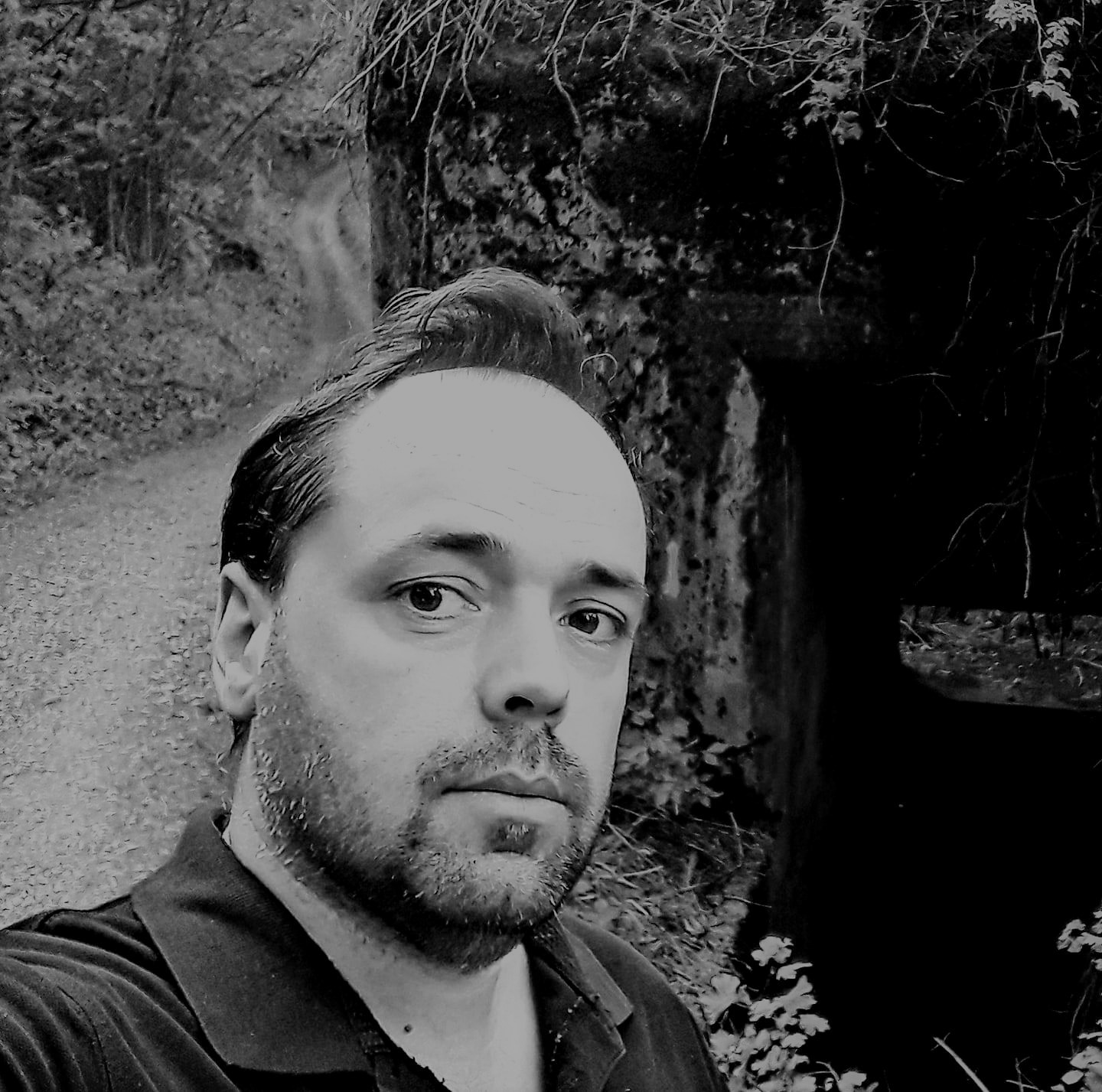
António Fragoeiro
Resumo
Estima-se que milhares de portugueses e lusodescendentes tenham combatido nas diversas frentes em campanhas militares da Segunda Guerra Mundial, em ambos os lados beligerantes. Da Normandia à Alemanha, de Pearl Harbor a Tóquio, os relatos e registos são inúmeros, tantos, que simplesmente é impossível seguir o rasto de todos os participantes. No texto que se propõe, menciona-se o historial militar de um deles, que participou nos dias seguintes aos desembarques do Dia D, na Normandia, como mecânico responsável pela manutenção e recuperação de viaturas, construção de estruturas e pontes, acompanhando os seguintes acontecimentos até à Alemanha, nos momentos finais do Terceiro Reich.
Palavras-chave: Joseph George Ray; Segunda Guerra Mundial; Lusodescendentes; Dia-D.
Abstract
It is estimated that thousands of Portuguese and Lusodescendants fought on the various fronts in the military campaigns of World War II, on both sides of the war. From Normandy to Germany, from Pearl Harbor to Tokyo, the accounts and records are countless, so many that it is simply impossible to keep track of all the participants. In the text that is proposed, the military history of one of them is mentioned, who participated in the days following the D-Day landings in Normandy as a mechanic responsible for the maintenance and recovery of vehicles, construction of structures and bridges, following the following events to Germany, in the final moments of the Third Reich.
Keywords: Joseph George; Ray World War Two; Lusodescendants; D-Day.
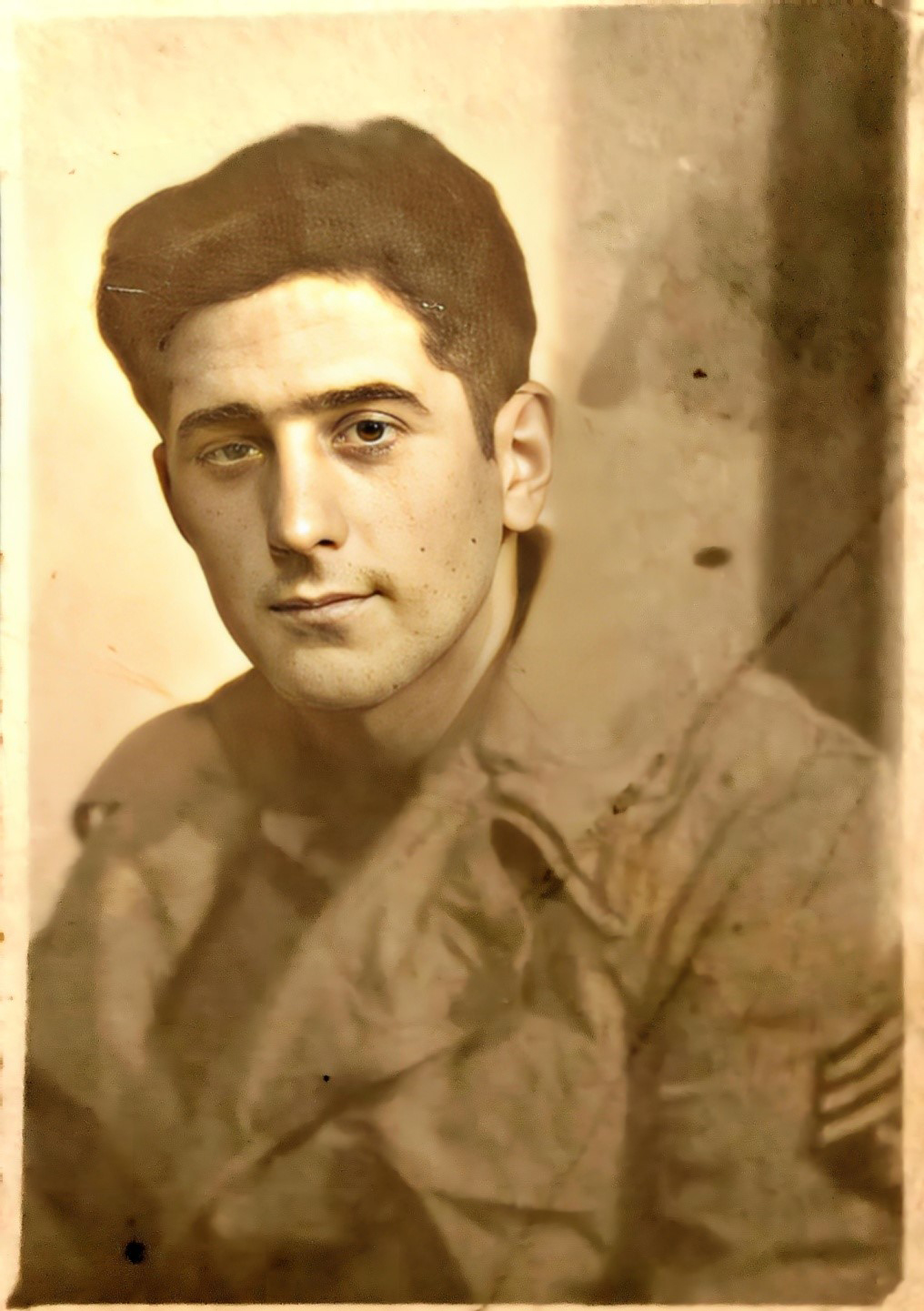
Imagem 1 - Sargento Técnico, Joseph George Ray.
Sargento Técnico Joseph George Ray
Baptizado oficialmente de "Jorge Rei" e terceiro filho de imigrantes açorianos da ilha de São Miguel, deixou de estudar assim que completou dezasseis anos em 1940. Por regra familiar e como exigido a todos os seus irmãos, viu-se obrigado a ir trabalhar para ajudar a sustentar a família.
Passando por uma série de decepcionantes trabalhos e com a guerra declarada após o ataque japonês à base norte-americana de Pearl Harbor, em Dezembro de 1941, sentiu a necessidade para servir militarmente o seu país e, contrariando a opinião do seu pai, tentou alistar-se voluntariamente na Marinha dos Estados Unidos ainda antes da chamada oficial da recruta. Contudo e mesmo ultrapassando os rigores dos testes físicos, foi-lhe transmitido que as quotas de recrutamento nacional já haviam sido preenchidas para a Marinha e que a única solução seria ingressar no Exército. Consequentemente, deu entrada para indução militar no Exército dos Estados Unidos, a 3 de Março de 1943, em Fort Devens, Massachusetts.
O seu irmão, Alfred, já se tinha alistado anteriormente no Exército, em Novembro de 1942. O irmão mais velho, Frank (Francis), casado e com um filho a caminho, só se alistaria mais tarde, em Novembro do ano seguinte.
Mais tarde processado em Fort Devens, Massachusetts, foi transportado por comboio para o Campo Shelby, Mississippi, onde recebeu 17 semanas de formação e treino básico. Mostrando uma aptidão para a mecânica, foi integrado na “623 rd Light Equipment Engineer Company".
Excertos de suas memórias no campo de treino militar em Camp Shelby:
“I weighed 147 lbs. when I entered the service and lost 20 lbs. of my meager bulk before Basic Training ended. Although being very lean, I felt stronger then, than at any time in my life." “Physical requirements were very demanding to the point of exhaustion.
Marching daily came as second nature to us. Long distance marches of twenty-four miles with a field pack and rifle, in a time span of seven hours, tested the most hardy among us. The test yet to come was the dreaded infiltration course.
The length of a football field, it was strung with barbed wire thirty-six inches above the ground with open craters charged with explosives and machine guns firing live ammunition above our heads. We had to crawl the full distance on our stomachs with our rifles cradled in our arms. Reaching the end was, to say the least, very humbling".

Imagem 2 - Campo de treino básico, Mississippi, 1943. Joseph “Jorge" Ray à esquerda.
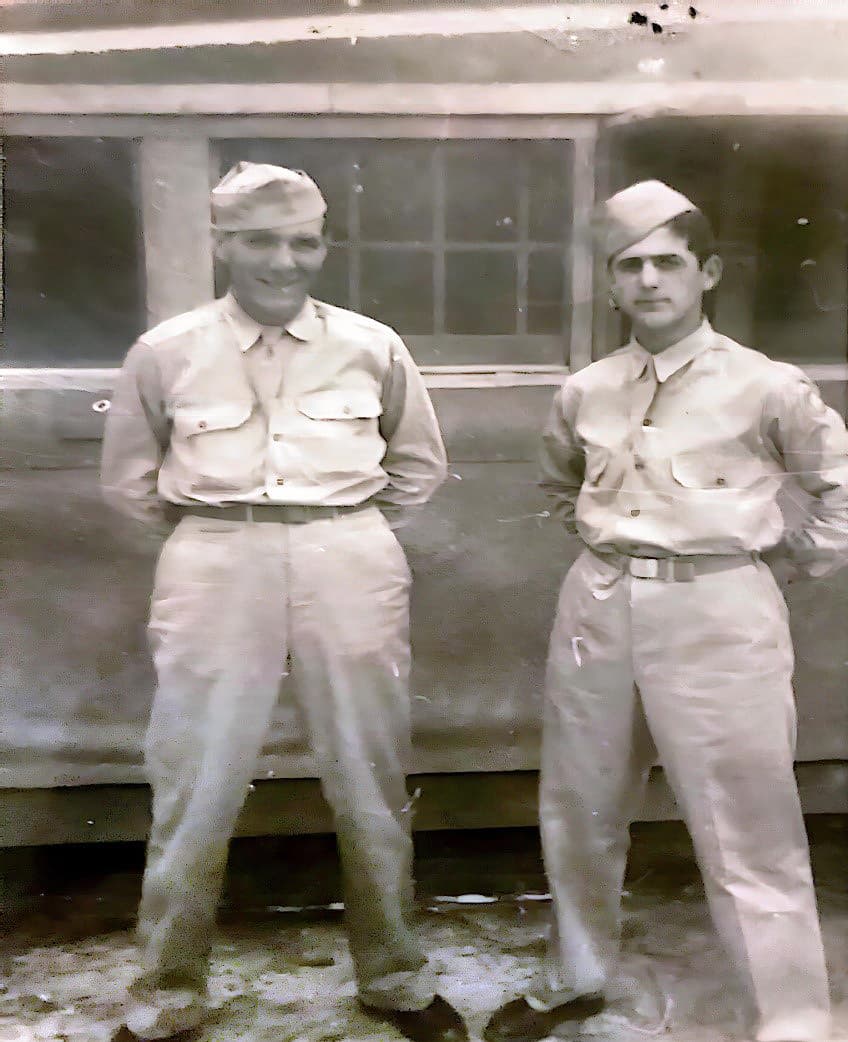
Imagem 3 - À esquerda Herbert Long e à direita Joseph “Jorge" Ray. 1943, Mississippi.
Staging Area e preparativos pré Dia-D
Após meses de treino básico inicial seguir-se-ia a fase final de preparação pré-invasão, a “Staging Area de Nova York", algo que no caso de Joseph seria incrivelmente curta, porque receberia uma carta a informá-lo que a sua avó paternal, Antónia dos Santos Correia Rei, havia falecido. Através da Cruz Vermelha Americana, receberia um passe de emêrgencia para que se pudesse deslocar ao funeral em Rhode Island.
Excertos de suas memórias em West Warwick, Rhode Island:
“Mix feelings of spending time with family and sleeping in your own bed, a heavenly experience that I had taken for granted".
Travessia Trans-Atlântica para Inglaterra e chegada a França
O embarque para território inglês deu-se no “Santa Bárbara", um petroleiro convertido em transporte de pessoal e material, com cerca de 500 soldados. Sem nunca ter viajado em qualquer tipo de embarcação, sentiu-se ansioso e preocupado com a experiência e as adversidades que pudesse encontrar na viagem.
Excertos de suas memórias a bordo do Santa Bárbara:
“To my surprise, I saw ocean waves twenty to thirty feet high. It remains long in my memory, a most amazing sight to see a convoy of one hundred and fifty ships of all descriptions as far as I could see…..Our ship, the Santa Barbara, was positioned in the middle of the convoy, as we later learned, from an officer this was the flag ship of the vast armada and we would be on a circuitous route to avoid German submarines".
Integrado na “623rd Engineer Light Equipment company", chegou a Liverpool, Inglaterra a 20 de Janeiro, 1944, juntamente com uma força de 119 soldados e 4 oficiais. Com recurso a comboio, a companhia deslocou-se em direcção a Wokingham, onde, ao fim do dia, escreveu o seguinte:
“I was amazed at the extent of property damage along the route of travel. German aerial assault had mercilessly pounded a town called Coventry….After many hours of travel, we were lodged in private houses rented by the military called billets. As many as twelve men shared a unit.
My billet was called The Victory Snack Bar, a former variety store. The reason for dispersing men was for safety measures against a total wipe out in case of a direct hit. The Allies controlled the air during daylight hours between six a.m. to eleven p.m. Any aircraft flying at night was considered the enemy. You could set your clock by “Bed Check Gerry." At eleven p.m., the Germans would unleash their aerial assault and as we made our way to the shelters, I could hear the stoic voices of the local gentry saying, “Welcome to England, Yanks".
Chegado a França, desembarcou na Praia de Omaha a 21 de Junho, quinze dias depois da Invasão Aliada. Nas suas memórias do desembarque em Omaha registou o seguinte:
“As the sun began rising in the east, we were in position for the landing. The ramp door opened like the jaws of a whale, truck engines started and down the ramp I went into some five feet of water. Praying that the truck engine would behave, we continued to tread water for several hundred yards as the Beach Master directed us into position. Thankfully, we made it to the hilltop and gave celebration in silent prayer. However, our celebration was a bit premature when the truck engine began to falter. Without hesitation, I raised the truck hood and began removing molten waterproofing compound from the spark plugs which were overheating and failing, and to my delight, the engine responded well.
This revelation was passed down the line and, as if by command, a choreography of truck hoods popping was seen down the line. As the engines responded, the units began moving again. I can't say with certainty, but it might not have been a coincidence that I was awarded my corporal stripes a short time later".
De França à Alemanha e regresso aos Estados Unidos
Juntamente com Johnny Strohm, melhor amigo e companheiro de unidade, “Jorge" recuperou e reparou viaturas avariadas e abandonadas por diversas zonas, muitas delas ainda sob ocupação alemã. Construindo também pontes e estruturas, uma colaboração pouco discutida, mas que em muito ajudou os Aliados a chegarem mais rapidamente a “Berlim".
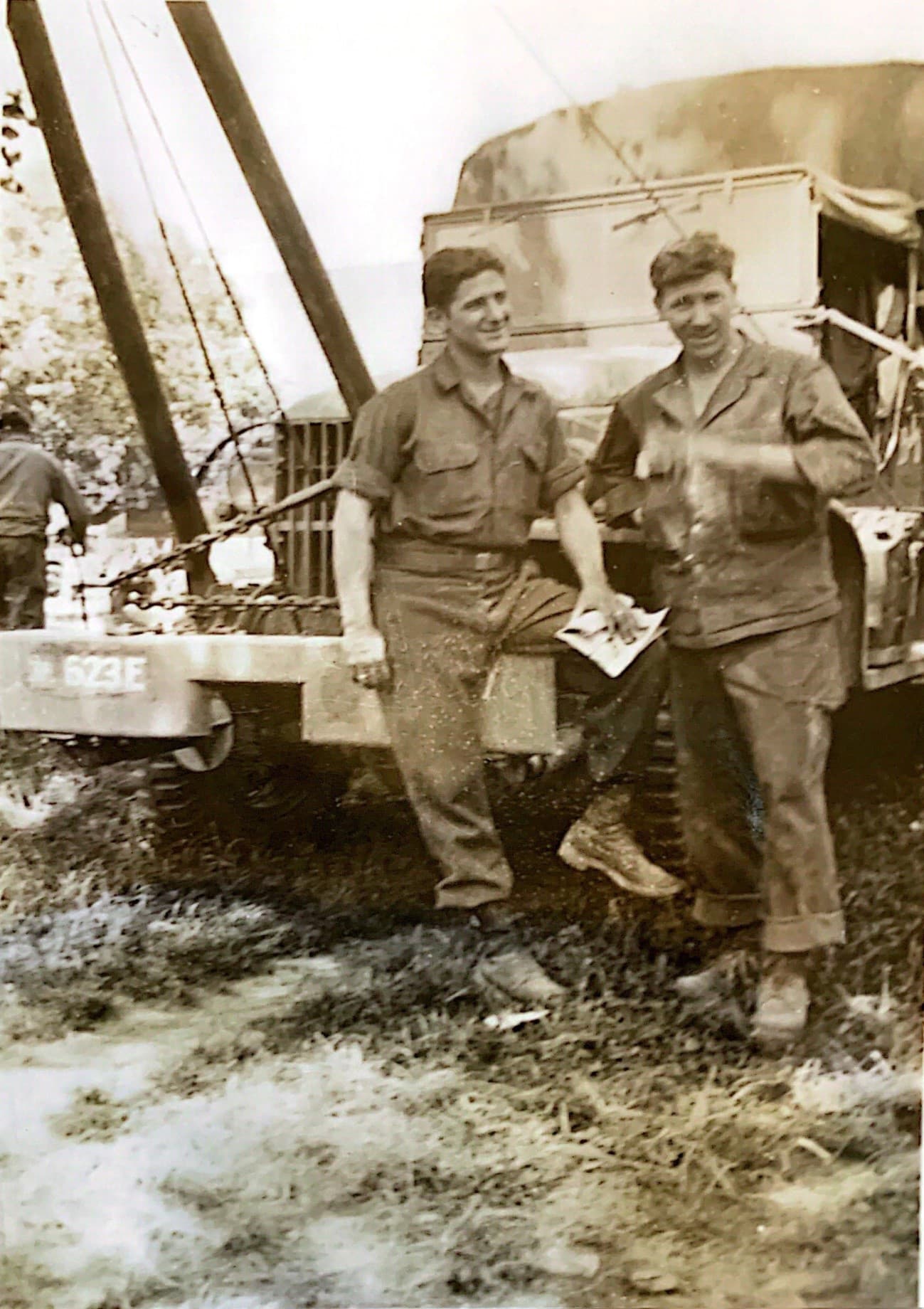
Imagem 4 -George Ray, à esquerda, e Johnny Strohm na viatura “GMC General Purpose Truck" que utilizaram para resgate e reparação de viaturas aliadas abandonadas. França, 1944.
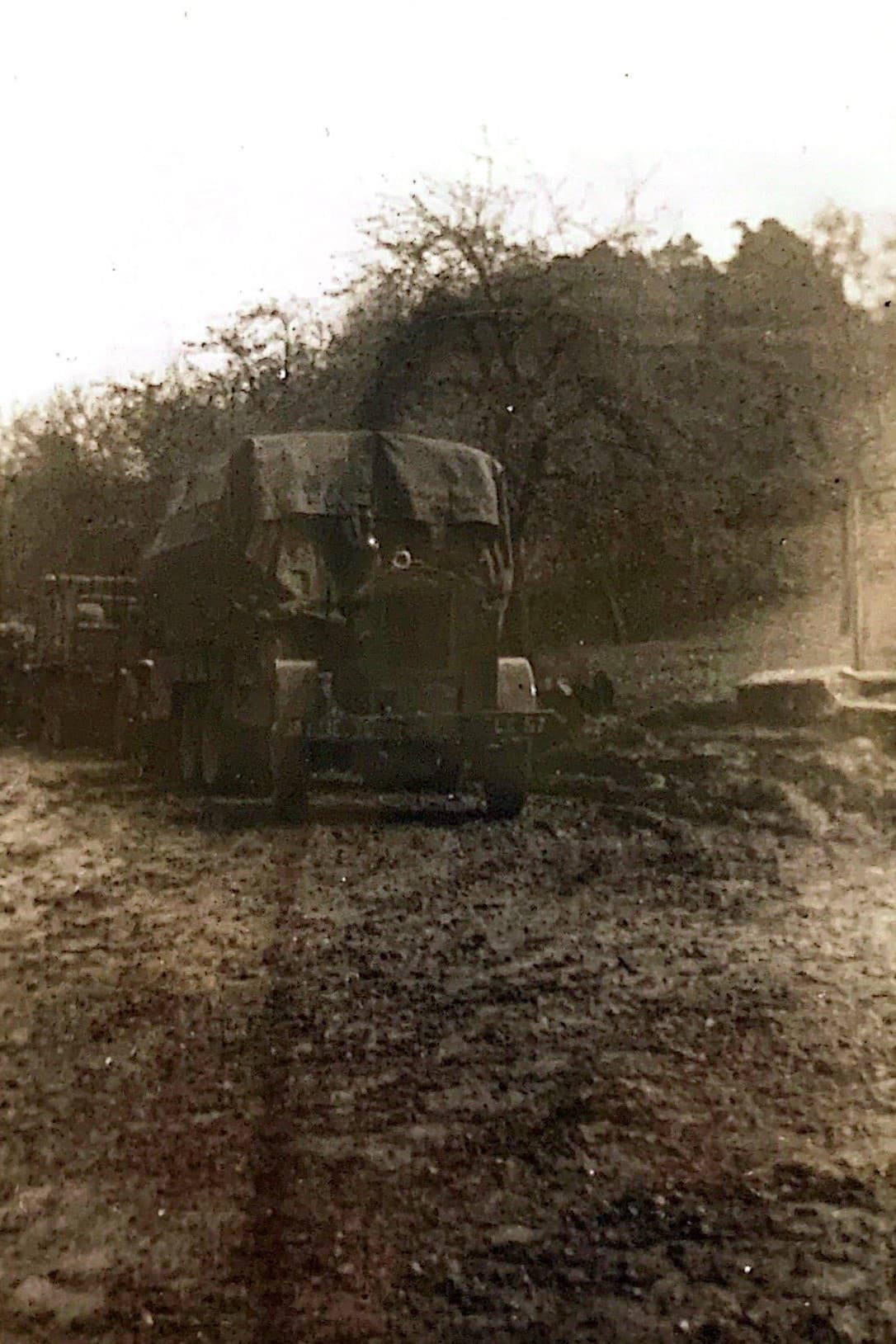
Imagem 5 - Viatura “GMC General Purpose Truck com reboque" na rectaguarda da coluna militar, fotografada por George Ray, França 1944.

Imagem 6 - Viatura norte-americana GMC de abastecimento perto do Rio Reno
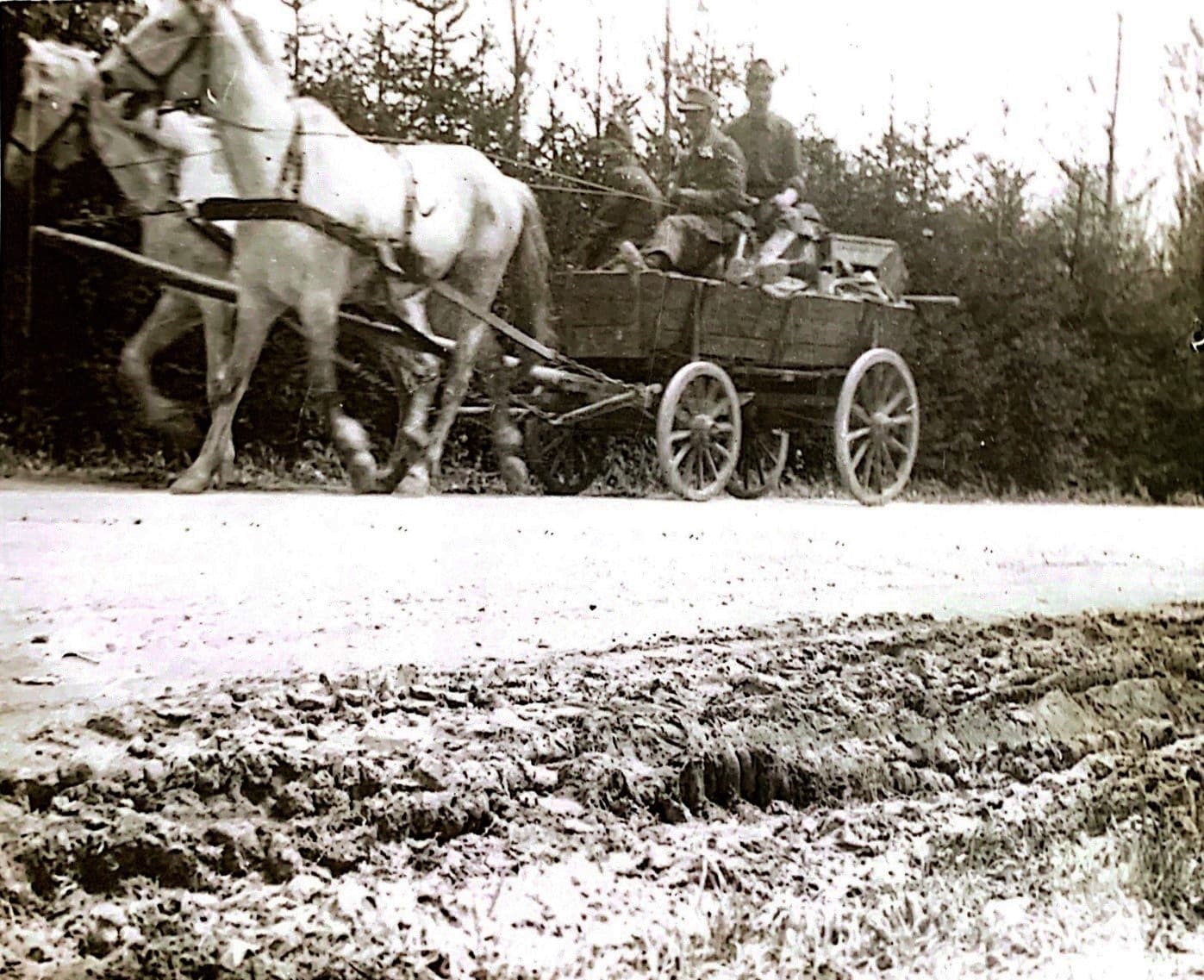
Imagem 7 - Em “território do Reich", soldados alemães tentam o regresso a casa numa carroça puxada a cavalo, sendo fotografados pela coluna de George Ray, 1945.
Excertos de algumas das suas memórias:
“We came upon a farmer in a meadow whose horse had stepped on a land mine while pulling a wagon, killing the horse. Before the farmer could overcome his shock, people started to gather seemingly from nowhere. Either by consent or bargain, people began to butcher the remains of the animal where it lay. In a very short time, all that remained was an empty harness and the broken wagon. Such was the shortage of food in the face of the overwhelming drive to survive."
Em Meados de Maio de 1945, com o declarar do final da Guerra, a Companhia de Engenharia de George encontrava-se nas proximidades do Berghof de Adolf Hitler. Na altura, verificou-se uma verdadeira e desenfreada “correria" aos despojos de guerra naquela pequena comunidade dos Alpes. Todos queriam algo para levar para casa.
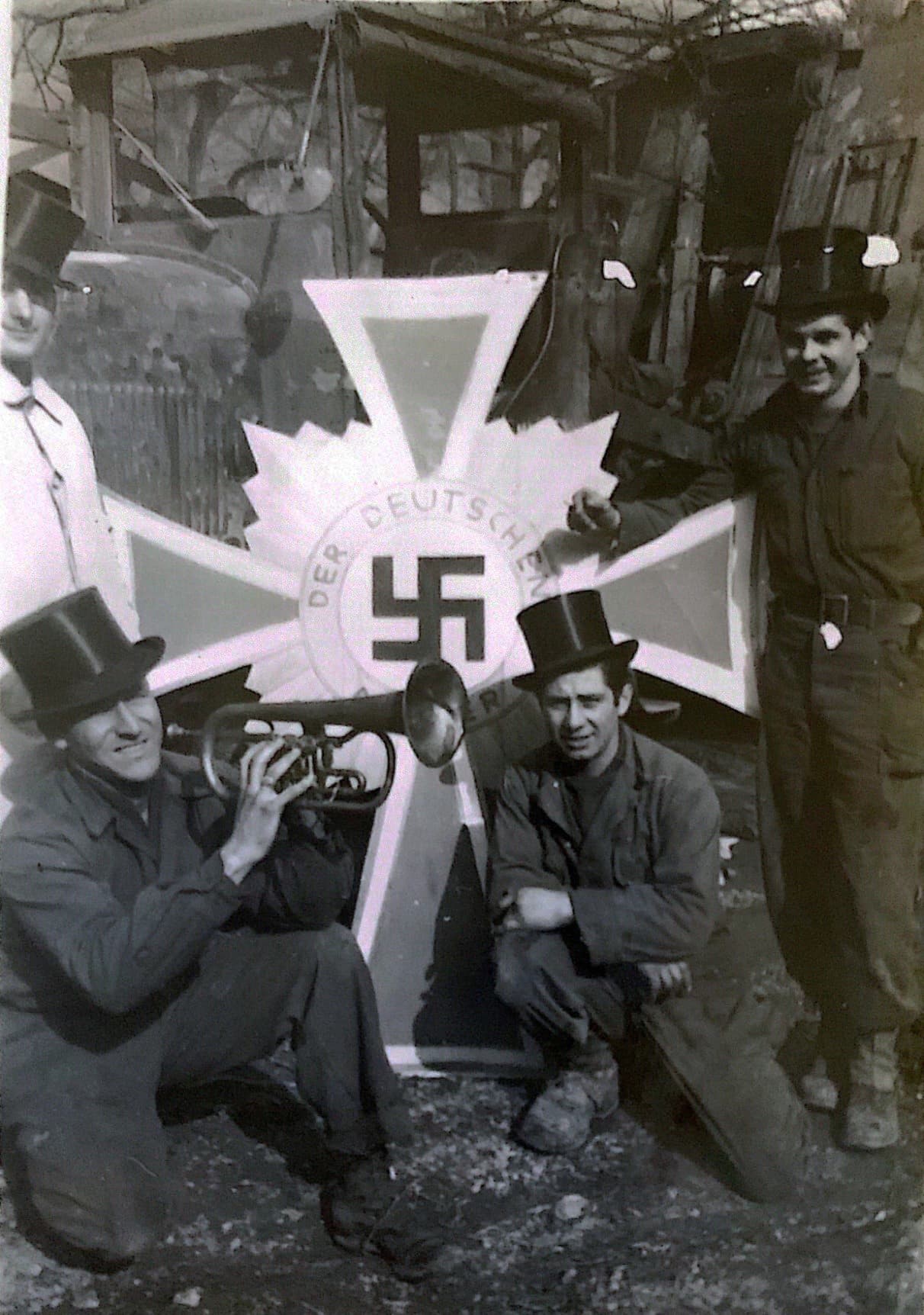
Imagem 8 - George Ray, no topo esquerdo, e seus camaradas, posam com artefactos retirados de residências próximas do Berghof.
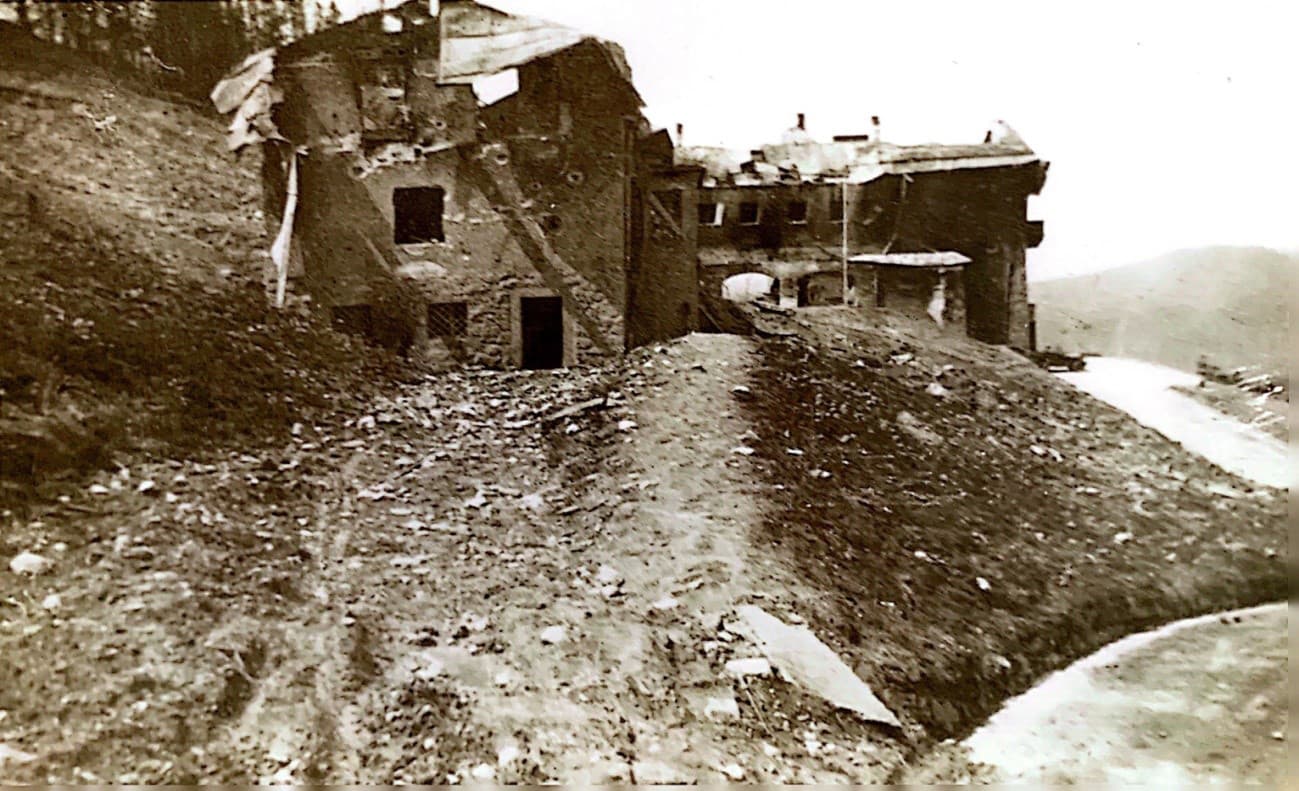
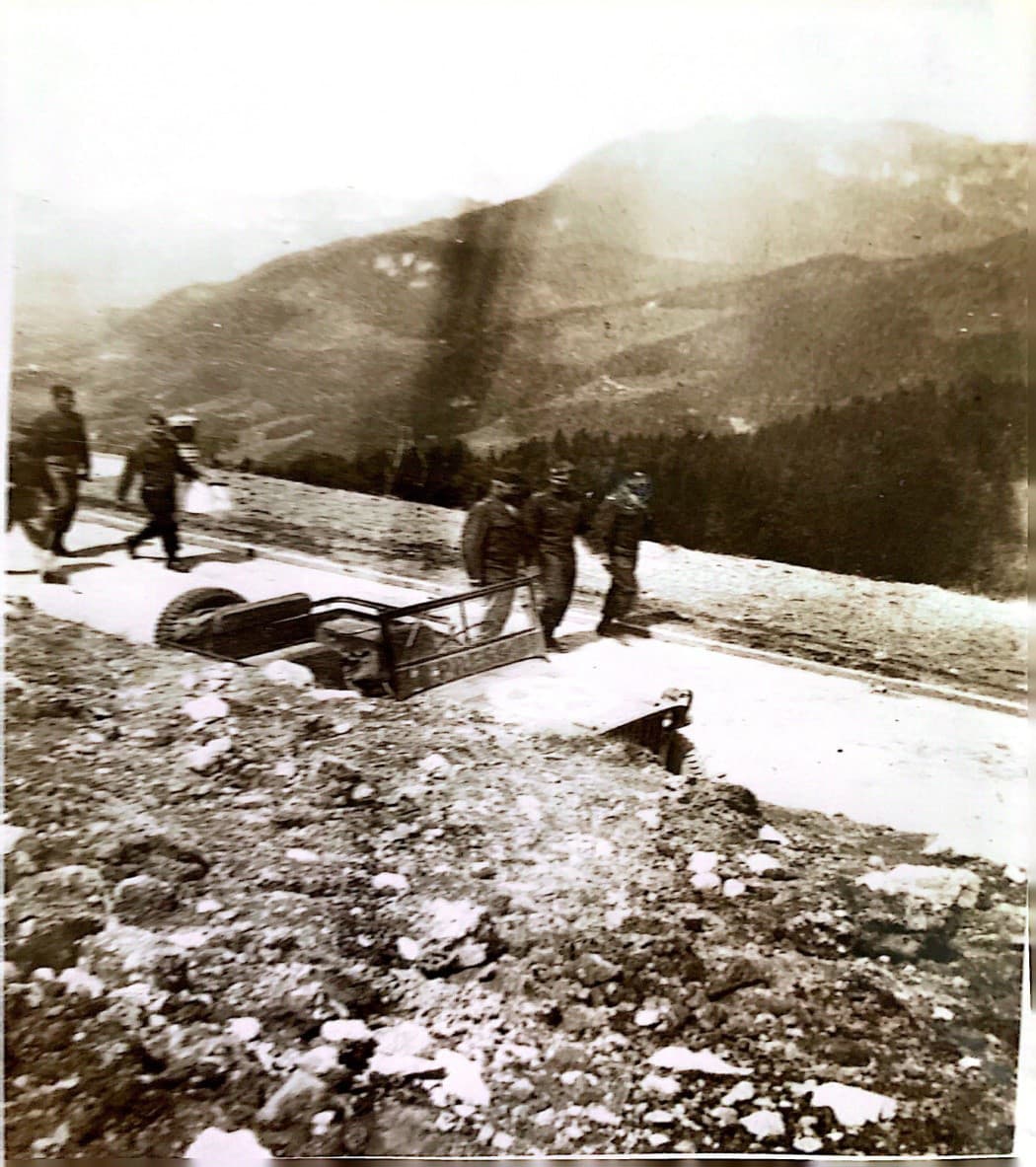 Imagens 9 e 10 - Ruínas do Berghof, oficiais e jornalistas aliados de visita ao local. Fotografado por George Ray, 1945.
Imagens 9 e 10 - Ruínas do Berghof, oficiais e jornalistas aliados de visita ao local. Fotografado por George Ray, 1945.
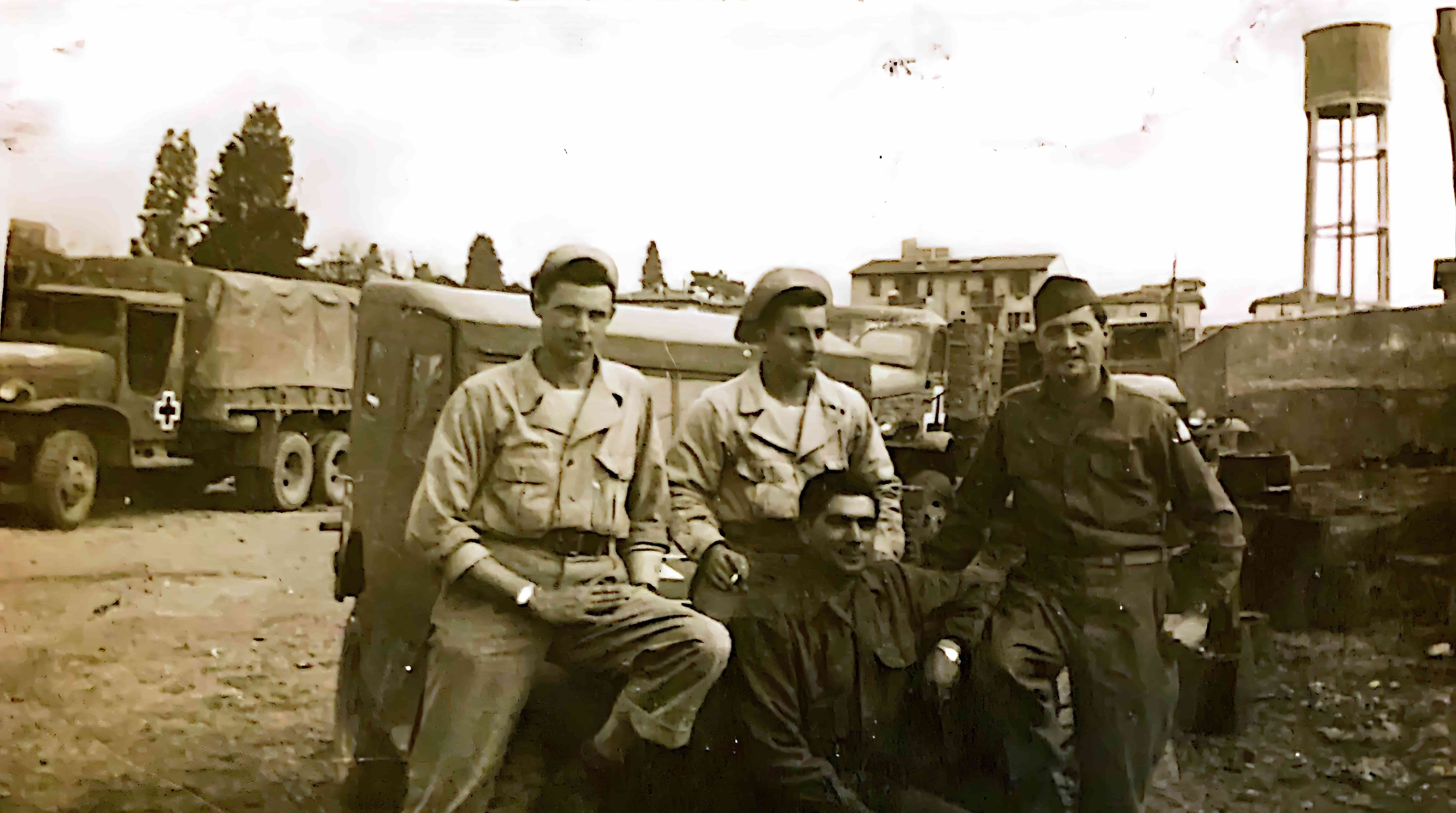
Imagem 11 - Encontro dos Irmãos Francis (baixo) e Alfred Ray (direita) em Itália durante a Guerra.
Nota de agradecimento
As fotografias, originalmente captadas por George Ray, foram gentilmente cedidas pela sua filha Marie Rey.
Bibliografia
Joseph George Ray – personal autobiography and oral history, family history research of
Marie Ray.
Ray`s family personal photograph album.
Portugal 1939-1945/ Joseph George Ray
Website: https://www.portugal1939-1945.org
António Fragoeiro
Nascido a 21 de Julho de 1981 em Lisboa e residente na Suíça. Investigador da História Militar de Portugal e dos portugueses durante a Segunda Guerra Mundial. Colaborador de “Portugal 1939-1945".
 Descarregar este texto
Descarregar este texto